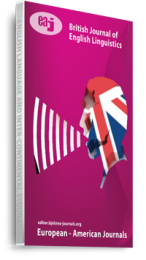The COVID-19 Pandemic had tremendously affected education although teachers adapted their best methods to maintain the quality of teaching and learning specifically for Filipino college students in the learning of English as second language. The researcher herself had a dilemma brought about by the global illness when there was an existing greater demand of improving students’ skills in learning the second language. Were online classes effective for to enhance skills necessary to their acquisition of a second language? This study provided readers on the multimodality scope and the learning preference of the English language learners through blended learning after the COVID-19 pandemic. Discussions on the metafunctions derived from systemic-functional linguistics would be the starting point for this study in multimodality which results hope to provide a basis of reflection on the positive impact of teaching and the learning modalities in higher education for teacher’s rethinking of the best strategies and practices to continue education objectives in learning English as a second language depending on the context, situation and students’ needs.The research would investigate how modality would affect the acquisition of English language by examining the effect of modality in hyflex class. To achieve its goals, (2) questionnaires were utilized; Kolb’s (2017) Learning Styles and VARK Learning Styles to identify students’ preferred learning styles in learning a second language. Multimodal Approaches of Firmansyah (2021) was used to explain the results of the study.
Keywords: .multimodal learning, ESL, learning preference, learning styles, modalities

